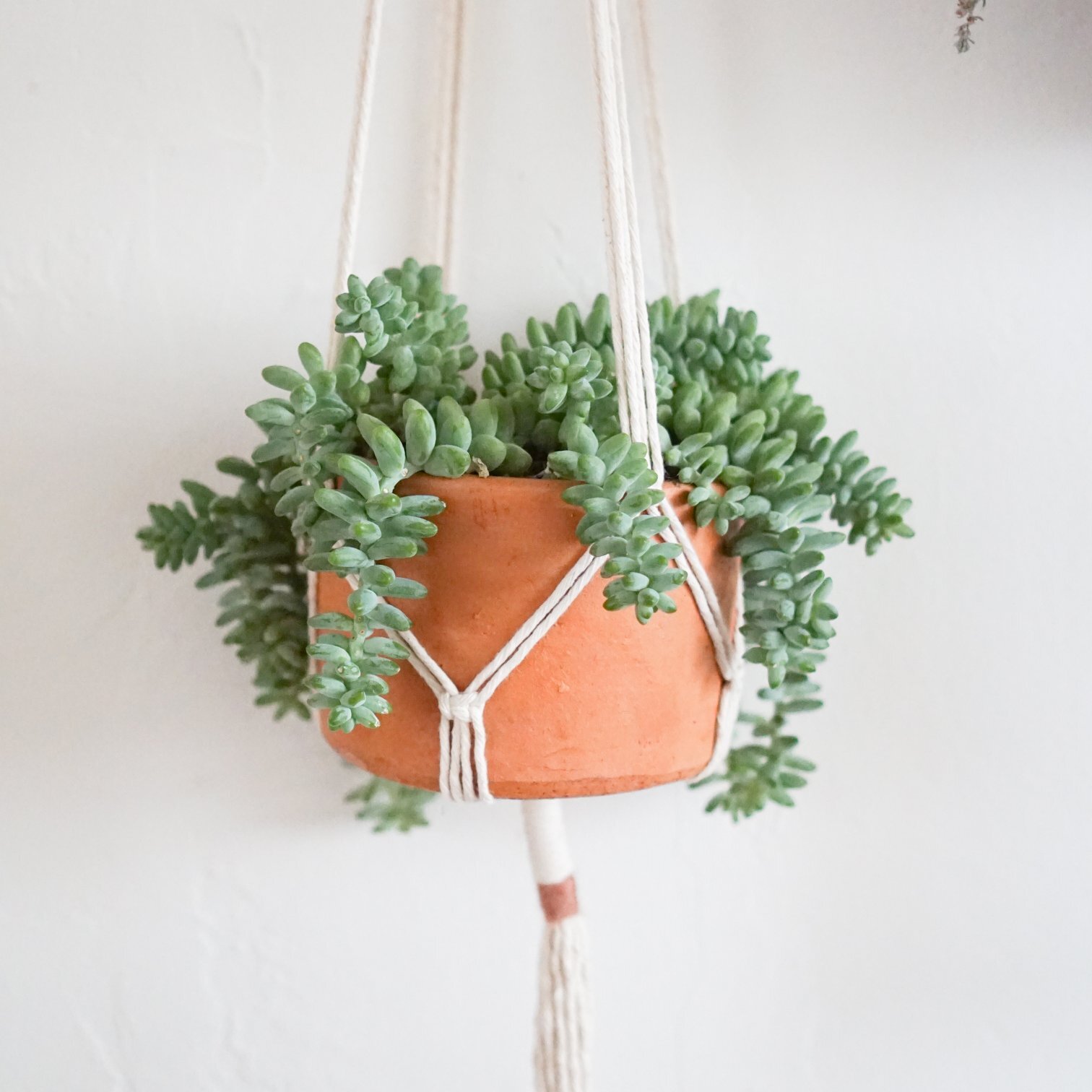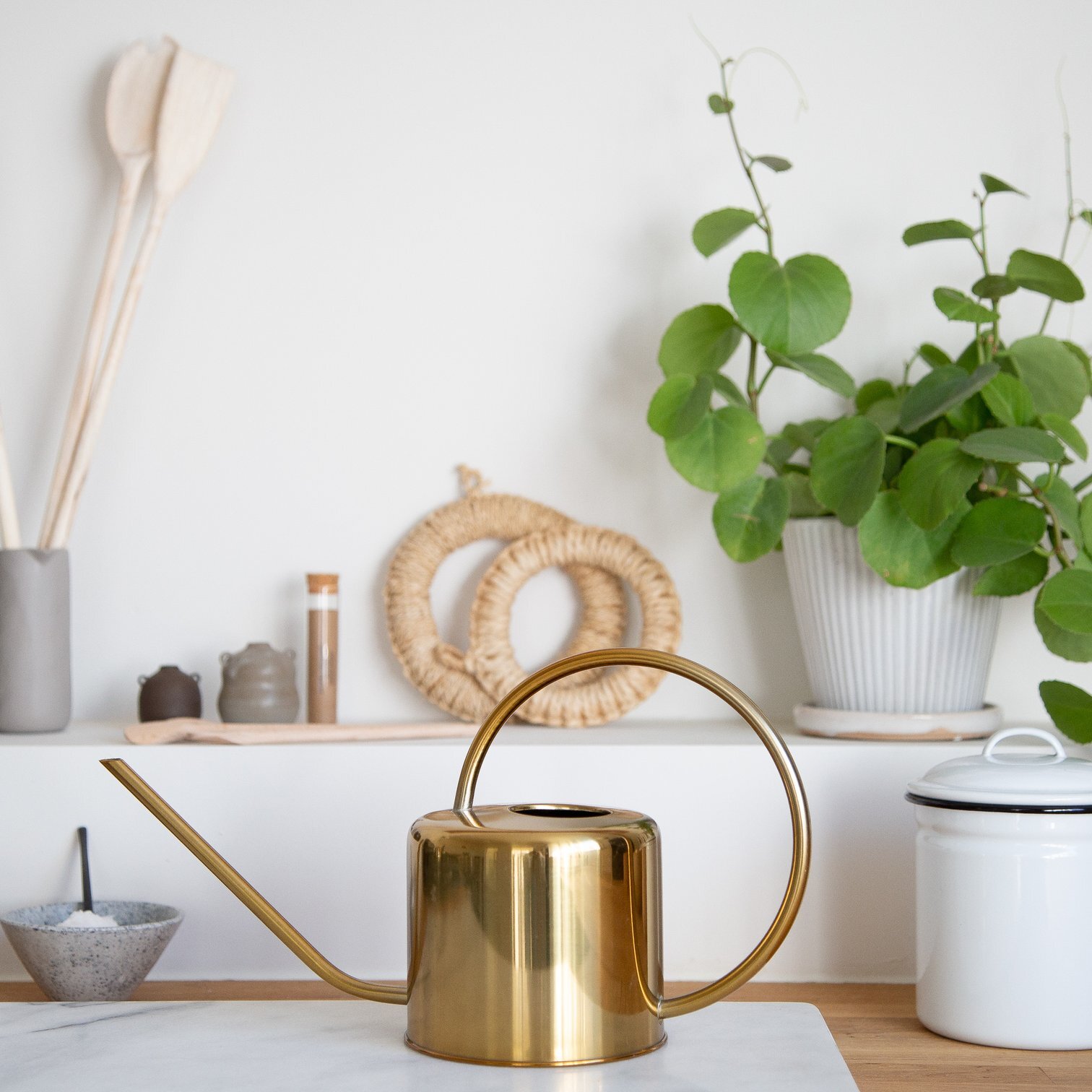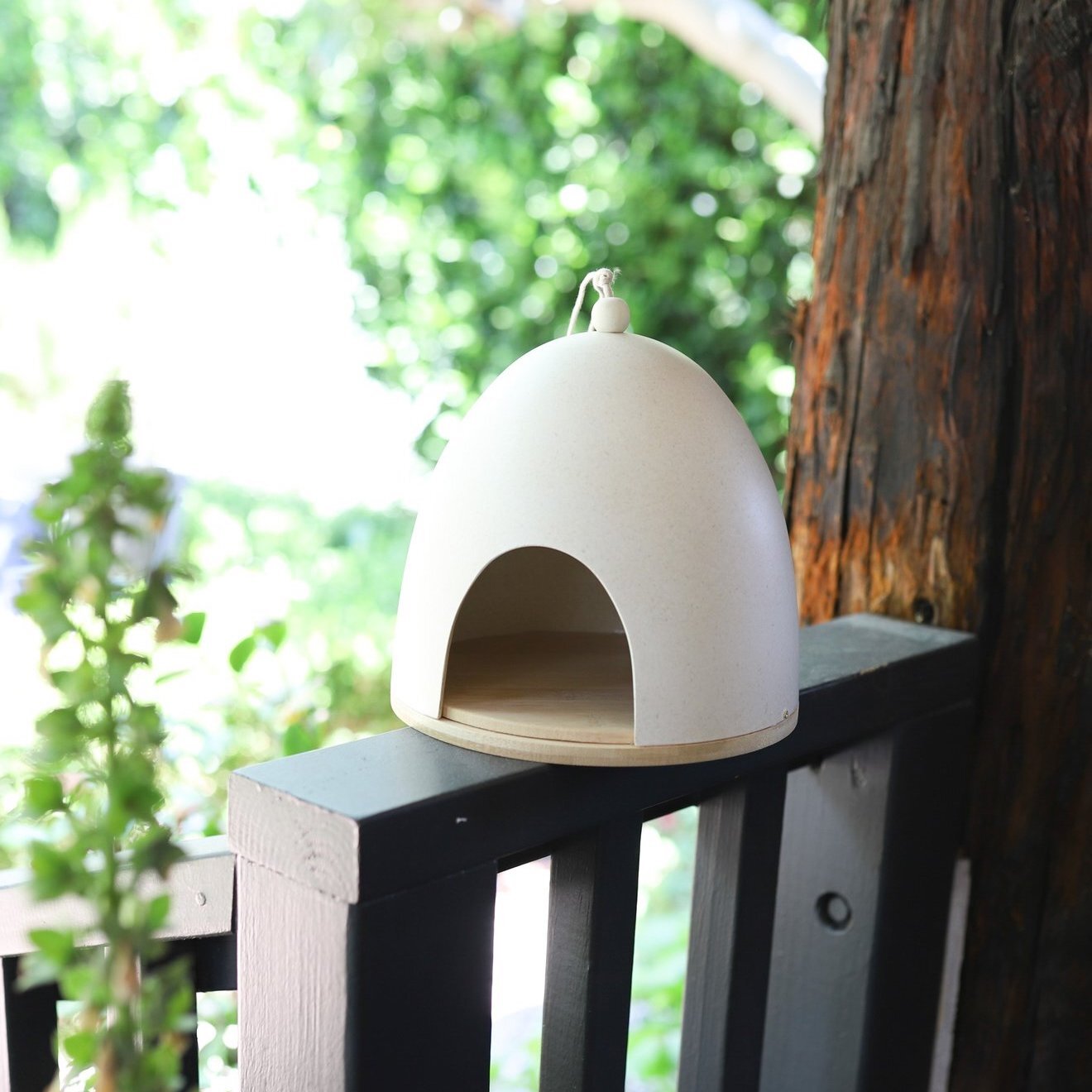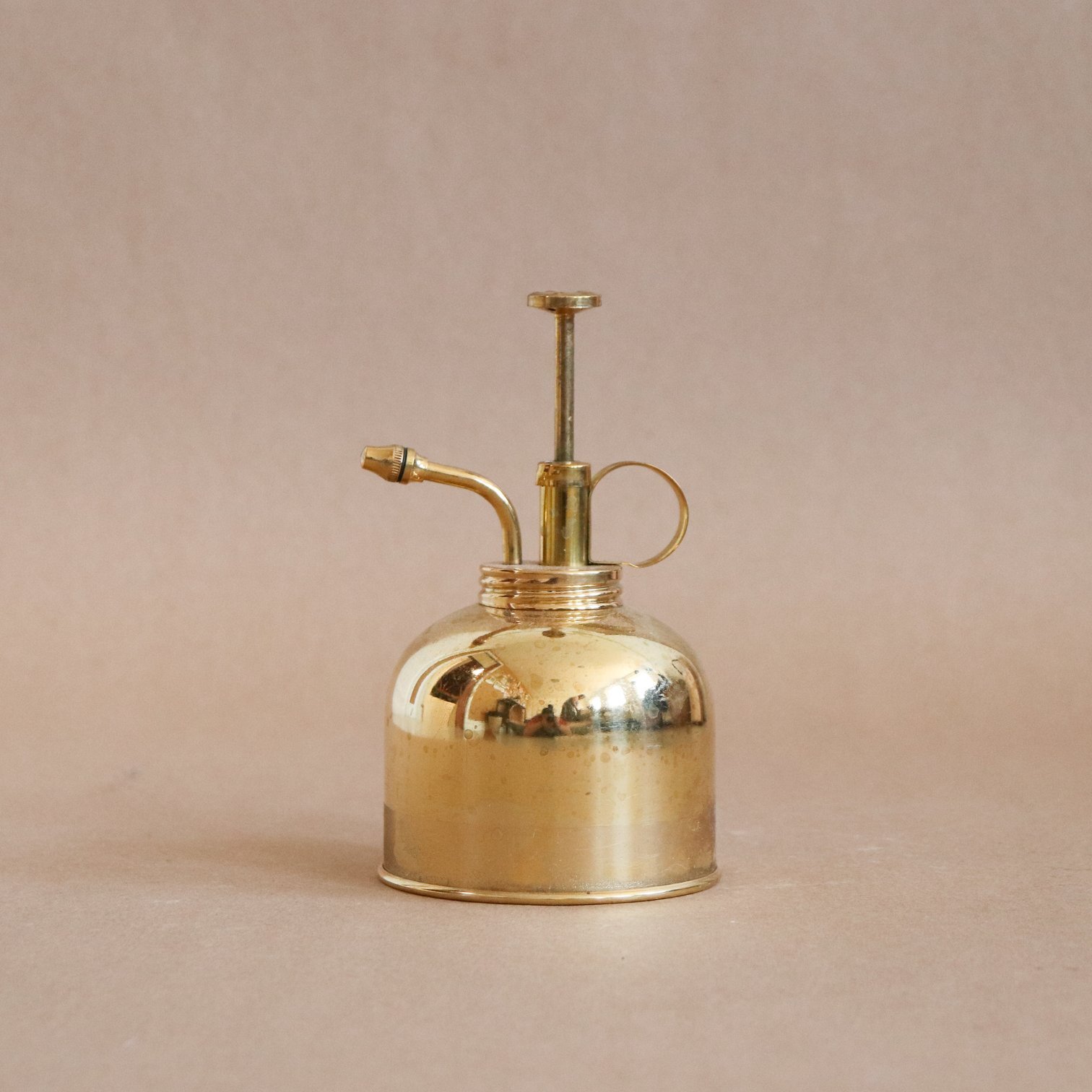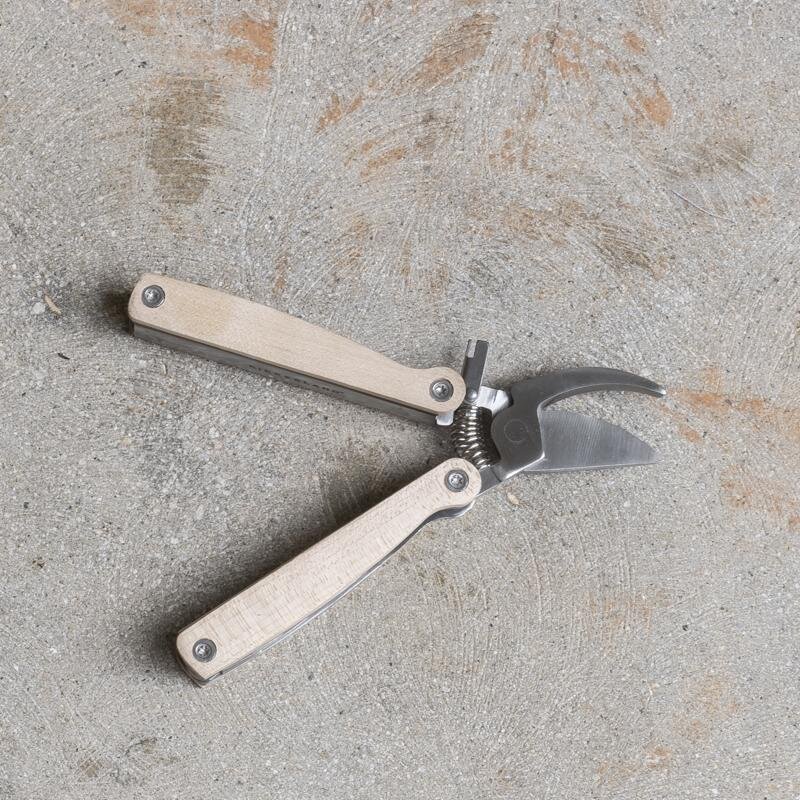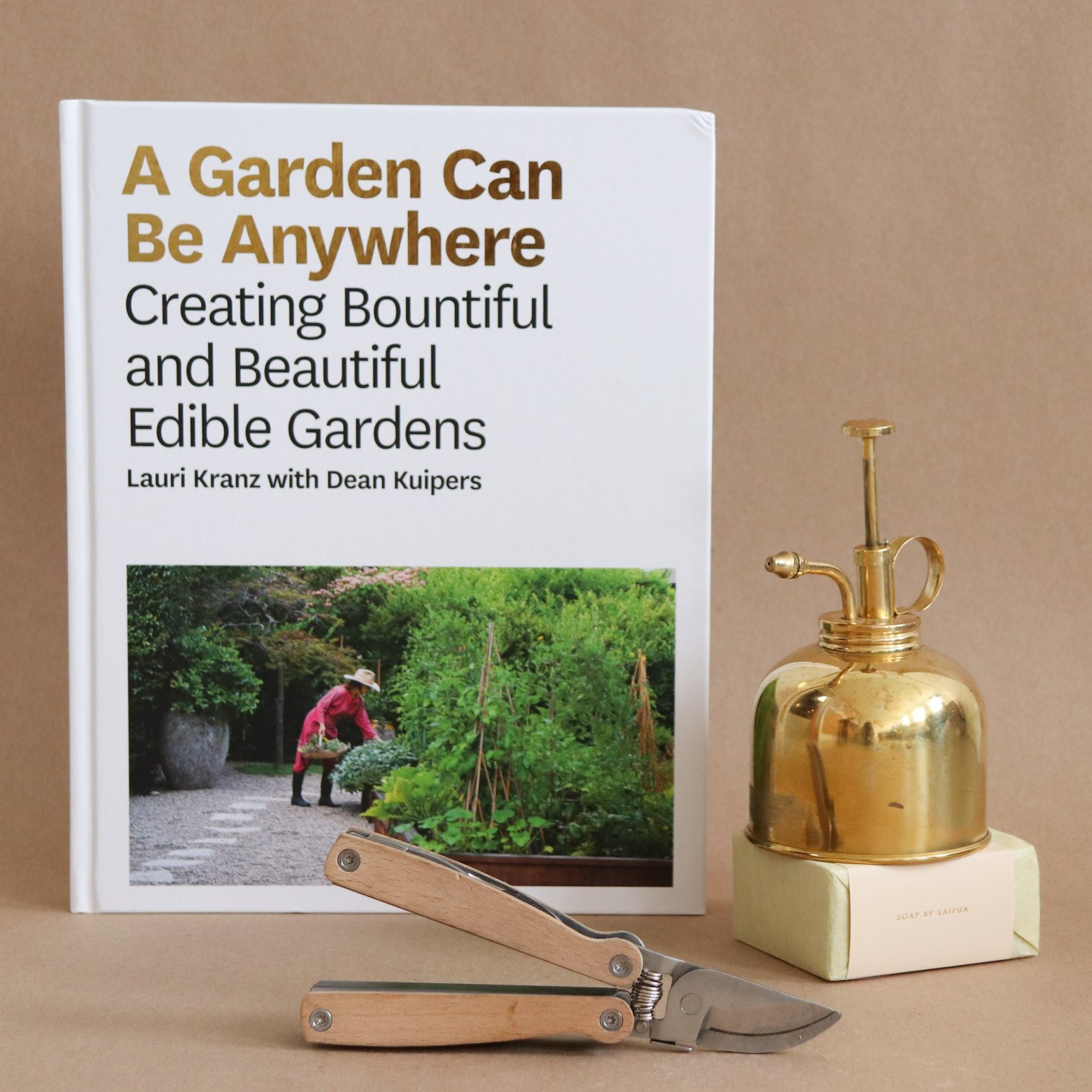#AllCoopedUp with Jessica Viola, Landscape Designer
If I could spend all my time outside in beautiful gardens, I would. Lucky for me, a lot of the houses we sell have pretty special outdoor spaces. A well designed and well kept garden is as important to me as what's on the inside. An owner’s sensibility, style and appreciation of nature can be revealed before stepping inside the front door. The garden at the Los Feliz Estate we sold last year was transportive. Designed and cared for by a team of very talented landscape architects including Jessica Viola, Marisol Metcalfe and Sammy Gore, this property delivered a perfect mix of grasses, succulents and mature trees that made you feel like you were entering another world. I am a giant fan of all the artists who collaborated on this garden. I knew whoever designed this landscaping and I would instantly connect - and when I met Jessica Viola, that’s exactly what happened! I’m obsessed with every project of hers, and you will be too, I’m sure! - Jenna
What is your profession and how has it evolved the past few years?
I am a licensed landscape contractor and designer. I own a landscape design and build firm in Los Angeles with approximately 7 staff members and a full time installation and gardening crew.
For Viola Gardens, business has been picking up speed for years but increased significantly during Covid. I believe it’s been a combination of several factors. For one, people are home more than before and are wanting to make their personal environments beautiful, engaging and as inspired as they can for themselves and often, their families. As such, and especially here in California where we can optimize an indoor/outdoor lifestyle, the garden becomes an extension of the house. Likewise, given the uncertain nature of this time we are moving though, not just with the pandemic, but the changing climate and social/political unrest globally, I have found that people are wanting to connect to nature in a more meaningful way. The garden is a respite, a sanctuary and a place to foster a meaningful connection with nature, including our own nature and those of our loved ones. Finally, more and more people are wanting to engage an ethos of stewardship, including growing their own herbs, food and fruit trees, integrating native plants, developing organic garden practices and generally becoming more self-reliant. In combination with the modern garden design that holds an aesthetic that is fresh and design-forward, more and more people are choosing to integrate native plants which encourage pollinators, restore ecological balance, inspire soil regeneration and food production. Meaning, our ideas of what a ‘garden’ is are evolving beyond simple curb appeal. People want gardens they can live within and experience, a space with architectural relevance that is an extension of the home and that evokes a feeling of sanctuary and enchantment.
What landscaping trends have become more prominent recently? What trends do you find people are straying away from?
We have noticed people want pools, outdoor barbecues and kitchens, cedar hot tubs and raised veggie beds. Pergolas, fire pits, water features and tiled patios have always been popular and continue to be. People want to dine al fresco, soak and sit by a fire pit under the stars and accentuate the indoor/outdoor lifestyle. In essence, increasingly popular building trends seem to include anything that creates a more actualized sense of space, sanctuary and lifestyle in the garden. We have done three labyrinths this year alone! Wood prices are skyrocketing as inflation jumps. As such, we have noticed that some of our clients are phasing decks in hopes the prices will come down in time and stabilize.
The key to a great garden is _____.
One of the great challenges of any design is to form meaningful relationships and connections in what can sometimes seem a diverse landscape. My goal, as a designer and as a builder, is to foster relationships between human nature and Mother Nature in the garden. Permaculture, which is a design system based on patterns in nature that we use regularly, adheres to three simple ethics: 1. Care for the earth 2. Care for people 3. Extend all resources towards fostering the first two ends. I always start by listening to my clients. Who are they, how do they live, what do they enjoy and how can we help create meaningful relationships between who they are and the garden through design. I have found that the more meaningful the relationships are with a garden, the more the garden will be loved and cared for. This type of engagement creates conditions for earth stewardship, for caring, and that is a quality that I believe is very important at this time. From a strictly structural and design oriented perspective, I strive to find the most interesting, stacked and efficient ways for our clients to move through the space and engage. The layout and relationship between the various aspects of the garden should always feel fluid and seamless such that there is a sense of enchantment along with destination as a person experiences and moves through the garden spaces. The goal is both function and form woven together with beauty, a wild elegance, ecological relevance and a vibrant plant palette. And the method is establishing relationships between the various components in the space and then, over time.
What are your favorite plants to work with?
I have a very special place in my heart for California Natives. My career started after I moved from NY to Northern CA about 25 years ago. My love for plants and gardening was born and cultivated at a native plant nursery where I worked and practiced landscape construction, habitat restoration and organic gardening. I knew nothing when I started. Over time, I was pushed to know and understand each and every plant, their growth patterns, their habitat and needs, their companion plants and the solutions to problems. My entire perspective opened as I began to understand the relationships plants share with the larger habitat and how they each influence and benefit each other. I remember learning about redwoods and how they hold hands under the ground to support their great height and thinking that was perhaps the most poetic example of empowered interdependence I could imagine. Imagine if we built a city in the same way that the redwoods grow in groves? Or learning of the relationship between Oak trees and blue jays and how deeply connected their lives have been for thousands and thousands of years and the deep relevance of the oak habitat on the west coast, especially in terms of erosion, fire and drought. I remember learning about the relationship that plant roots share with the fruits and blossoms and how the deeper, stronger and more supportive the root system of a plant, the more robust the fruits and blossoms. To choose a few of my favorites - I would have to say Salvia Apiana, Salvia Clevelandii, Eriogonum Rubescens, Ribes Sanguineum, manzanita, Heuchera, Ceanothus, CA wild grape, creeping red fescue, blue oat grass and CA pink deer grass.
I also love working with succulents because I love to paint with plants and create dynamic and carefully curated color palettes that thrive in Southern California.
Some of my favorite architectural plants are yucca rostrata, octopus agave and furcraea macdougalii.
How would you define your design aesthetic?
I love clean modern design with a wild beauty. I love a structured layout with interesting and engaging design components that push boundaries and create new shapes but also leave room for life to happen. Meaning, I love structure and form and I love it to embody a little wabi-sabi. I love Mediterranean homes with a modern perspective. I love when something old comes into a relationship with something new. I love mid-century garden design. I’ve done a few case studies over the years (Robert Walker, Albert Frey, Schindler) and it's entirely inspiring to create gardens for architectural masterpieces, oftentimes bringing the gardens back to life in a new and fresh way while honoring the architect's original vision. I strive to really articulate my client’s personalities in the landscape with the plant and material selects while maintaining integrity in terms of ecological design. I'm passionate about plant palettes and spend a lot of time working with color and curating lists that are tailor suited to each client, the land, the architecture and the design. For this reason, as a designer, I like to move from patterns to details so that every part of a landscape has been through intentionally while leaving space for the garden, and the people, to grow in time and thrive.
What are your favorite garden + landscaping resources in Los Angeles?
I love FK Nursery. They are a bit more expensive than other wholesale nurseries, but they are a small, family-run business and we have had a close relationship with them for nearly 15 years. Their plants are always top notch and they work creatively and collaboratively with me to help find whatever unique specimen I would like to integrate. There are several native plant nurseries that we collaborate with wholesale in the area, but for the public, Theodore Payne is a great resource within our community with a tremendous host of native plants, seeds and hands-on learning opportunities. Hunting for artifacts or crystals or pieces of coral or water features downtown is always a blast. Mostly, when I think of ‘resources’ in LA, I think of the wealth of talent we have here. I have collaborated with so many wonderful artists over years on such a wide variety of projects. Part of employing permaculture design is understanding human resources and creative talent and figuring out how to optimize those talents in our designs. For example, I often collaborate with a fabulous metal artist, Wesley Paul Thatcher. Together we have designed some truly unique features in gardens from asymmetrical hillside playhouses to one-of-a-kind basketball hoops to airplane rails with a twist to sleek pergolas that throw deep shade. That this town is filled with so many people invested in the film industry also provides a network of people who we can turn to when we have unique needs in the garden, including fabricating custom limestone fountains, iron gates, sculpture, custom fire pits, living walls, natural swimming pools, dry tack grape arbors, gabion walking walls and more! And of course, LA has some wonderful farmers who grow unique vegetable starts employing regenerative, biodynamic and organic gardening techniques.
I’ve worked with Jimmy Williams for nearly 15 years. His garden nursery, Hayground Organic Gardening (also known as Logan’s Gardens), based out of Silver Lake has some of the most incredible, obscure, totally organic and non-gmo veggies, fruit trees, herbs and vines that I have ever tasted and grown. Many years ago, I grew food for an organic restaurant in Culver City and we worked together closely. I’ve also grown food for the museum of natural history and many, many home gardens and have integrated his veggie starts. Along the same lines, Conor is an old colleague of mine from Fig Earth Supply and his mini farm boxes have been a regular feature in many of our gardens. There is a new group called Victory Garden LA who we have worked with, as well, who have some awesome farm boxes with critter cages. Finally, Flamingo Estate has become a beautiful resource within our community, working directly with regenerative farmers to populate a delectable food box each week. They have been big supporters of my book which was featured in their library and at Owl Bureau all winter. They have a wonderful selection of biodynamic cover crops and other supplements for body, earth, soul and mind!
Can you share your three favorite local businesses in your neighborhood?
I live in Topanga Canyon and there are many incredible businesses here that I love as we have a close-knit-community oriented neighborhood. My top three would be Moona Star Collective, Canyon Gourmet and Endless Color. If the Theatricum Botanicum counts that would be on my list, too.
What’s one garden tip you give to every client?
Don’t be afraid to touch the garden, to try new things, to make mistakes. The only way to learn how to care for and grow a garden is by paying attention and getting your hands in the soil. Nature's responses are often immediate. If an ecosystem is having an unfavorable response to some indicator in the garden or the climate, it’s going to let you know. And sometimes the only way to find out is to try. You can’t control every aspect of the garden, rather, it’s a relational experience of paying attention, learning to understand what some plants like, what others don’t, and how to prune and feed and weed and care for a living system. Very often we create a lot of confusion about what a garden needs or doesn’t need and overthink things. One thing I’ve learned from experience is that the more willing I have been to try something new and make a mistake, the more surprised I have been to learn how relatively simple most natural patterns are. It’s like a whole new world of understanding unlocks by simply engaging and you begin to recover a lost language that is inherent and instinctual in every one. You can’t learn to garden from a book. You must experience it. It's like love! And no one, no matter how experienced, will have all the answers. The most we can do is make an educated guess and try new solutions.
What are your must-have garden tools?
Garden shears, a belt, gloves, a shovel and a rake.
What was the biggest risk and biggest reward in a recent design project?
Probably building a massive deck this summer at a hillside home in 100 degree heat on the east side. The slope, the grade, the angles, the mish-mosh of past construction projects were incredibly disoriented and pieced together with small decisions over many years. The hill was falling into the house, there were massive stumps, crumbling concrete stairs and walls. But we came up with a comprehensive plan that made sense of all the odd angles and a cool deck design that integrated platforms in interesting ways to make sense of the grade and to give the family an entirely new and open living space to enjoy. To pull it together, we designed and installed some sexy steel rails. The new views are pretty epic.
More creatively and close to the ground, there was a garden we worked on this spring with a massive African Acacia in the middle of the garden. We wanted to recreate the lines of the garden but found we could not do it unless we thought in spirals, as we had to work around this incredible specimen. Meaning, designing the layout had to incorporate lines in a new way. So we came up with a figure 8 design and made one half of the shape a moon deck which surrounds this glorious tree, and turned the other half into a walking labyrinth. It turned out to be a stunning garden!
What’s your absolute favorite place in Los Angeles?
Topanga Canyon!
You’d be rich if I had a dollar for every time you get asked ________.
Can I get a tropical garden in LA that is drought tolerant? And the answer is YES! We use a mix of drought-tolerant plants that embody large leaves, express themselves with dynamic foliage and texture, work together in a layered way and still maintain balance in terms of water needs, beauty and attracting pollinators to the garden to regenerate the soil.
What have you missed most during the past year and a half?
I miss live concerts and intimate music gatherings! I also miss seeing my extended family more often (my family is based in NY). And finally, I miss the reliance that we can safely send our children to school and schedule our lives/businesses accordingly. That said, Covid life has forced us to become more flexible and present, both of which are great qualities. In the end, I think anything that builds strength and integrity while fostering flexibility can be a blessing if we look at it from a different perspective.





